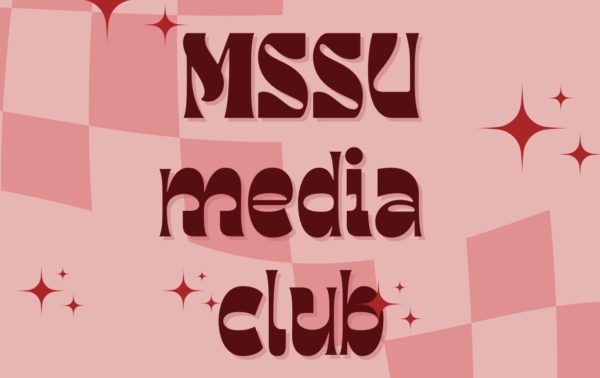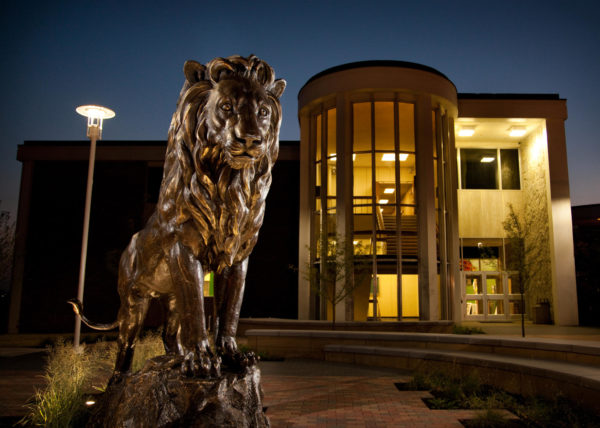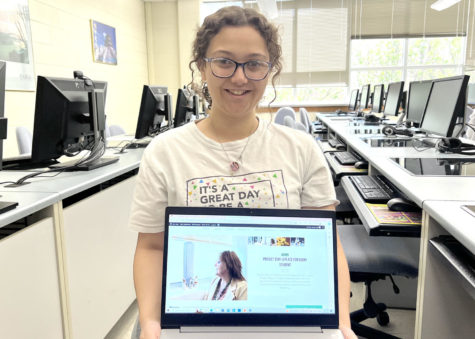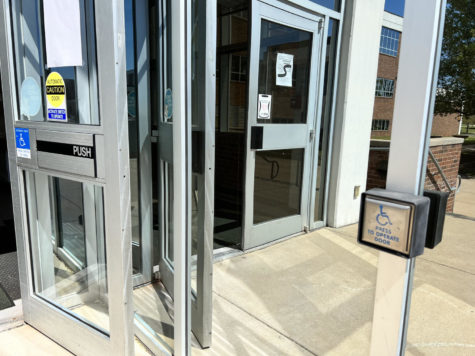Editor finds way to save lives and make money
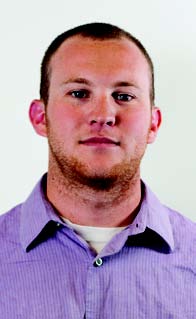
Jordan Larimore, Senior Editor
What would you say if I told you it was possible to assist in saving lives and get paid for it?
This is the case if you live near a BioLife Plasma Services center.
Donors sign up to donate plasma at one of these facilities, and are even compensated.
Plasma is a liquid component of all people’s blood that is primarily made up of water and different proteins. This substance is created easily by the human body and helps with bleeding and handling infections.
BioLife takes the plasma it receives from its donors and manufactures plasma-based therapies to treat hemophilia, immune disorders, infectious diseases, kidney disease and other medical conditions.
To be clear, the company doesn’t just give its products away; it sells them, for money, just like any other corporation.
But, unlike most other places that ask Americans for donations, BioLife’s products can help save lives.
My first experience at a BioLife donation center was several weeks ago. If I’m being honest, my main motivation was the money the program offers its donors. People are allowed to donate twice in a seven-day period, making $20 from a first donation and $30 from the second. Often, centers run specials like the “New Donor 1-2-3” program I recently finished. In this offer, my first three donations were worth $30, $40 and $50 respectively, more than doubling their normal values.
The money is nice, but I was surprised to read testimonials from people, young and old, who have legitimately had their lives either saved or greatly improved from an infusion of plasma from donations like mine.
I don’t mean to tout myself as some kind of hero; just to point out that it feels quite a bit nicer to know that someone besides the company and myself is benefitting from the process.
Here’s how it works: First, new donors must complete a simple, over-the-clothes physical examination. A doctor will check the donor’s health, review medical history and generally make sure he or she is fit to be a plasma donor. After your first donation, you can skip this step in the process for about a year; Your physical will stay on file.
Once the physical is successfully completed, donors answer a questionnaire that further determines eligibility for donation. Once the answers to those questions show the person is safe to donate plasma, medical staff will test his or her vital signs. Fair warning, this will include a finger-stick; It’s easily the most uncomfortable part of the process.
Once those few steps are taken, the donation can begin. Each center is staffed with several phlebotomists who, in my experience, are very helpful, friendly and inviting.
Donations are taken through a needle on the inside of the donor’s chosen elbow. The donation process takes about an hour to complete.
Since plasma is only a small part of one’s blood, it must be collected outside the body. This means the machines at the center take in the blood, then separate it from the plasma, store the plasma and direct the blood back into the donor’s body, where more plasma will be generated later on.
If you have the heebie-jeebies, I’ll be the last to blame you. I’m the kind of person who can’t even stomach watching medical TV shows, and I can handle donating plasma. Most centers feature free wifi, so if studying, surfing the internet or watching Netflix helps to calm you down, that’s no problem.
Donating plasma may not be for everyone, but if I can stomach it, I’m sure you can. Whether you need a quick buck, or are looking for a way to help those in need, BioLife Plasma Services is as good a way to do either as you’ll find.
More information can be found at
www.biolifeplasma.com.
Your donation will support the student journalists of Missouri Southern State University. Your contribution will allow us to purchase equipment and cover our annual website hosting costs.





















